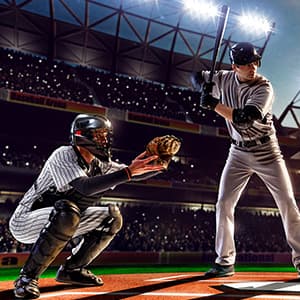

Rome Emperors Tickets
Up to 30% Off Compared to Competitors.
Location: Select Location (e.g, New York)
Events Nearby
We're Sorry. There are currently no events near you.
About Rome Emperors
In recent years, the fascination with Roman emperors and sports has seen a resurgence, particularly in the realm of live events. Historical reenactments and themed sporting events are gaining popularity, allowing audiences to experience the grandeur of ancient Roman games. Organizations and event coordinators are hosting gladiatorial combat shows, chariot racing exhibitions, and educational events that celebrate this rich history. Museums and cultural institutions are also organizing live performances and exhibitions that highlight the connection between emperors and the sports of their time, drawing crowds eager to learn and engage with history. Additionally, television shows and documentaries focusing on ancient Rome have sparked interest in the sports practices of emperors, leading to increased attendance at events that celebrate this era. Notably, the use of technology in live performances, such as augmented reality experiences, is bringing ancient sports to life in innovative ways, allowing audiences to interact with history like never before. As the world continues to look back at the grandeur of the Roman Empire, the legacy of its emperors in the realm of sports remains a captivating theme for live events, celebrating both the athletic prowess and the political significance of these ancient competitions.
Rome Emperors History
The history of sports in ancient Rome is deeply intertwined with the political and social fabric of the empire, particularly through the influence of the emperors. From the founding of the city in 753 BC, sports were an integral part of Roman culture. The early Romans engaged in physical contests, such as foot races and wrestling, which were part of religious festivals honoring their gods. The introduction of gladiatorial games in the 3rd century BC marked a significant evolution in Roman sports, turning them into popular spectacles. Emperors like Julius Caesar and Augustus recognized the power of these events to entertain and distract the populace, using them to gain favor and reinforce their authority. During the reign of Emperor Nero, the games reached extravagant heights, featuring lavish displays and brutal combat. The Colosseum, completed in AD 80 under Emperor Vespasian, became the iconic venue for these grand events, hosting gladiatorial contests, mock sea battles, and wild animal hunts. The emperors often participated in or sponsored these games, further blurring the lines between political power and sportsmanship. As the empire expanded, so did the variety of sports, with influences from conquered territories introducing new forms of entertainment, such as chariot racing, which became immensely popular in the Circus Maximus. The decline of the Western Roman Empire in the 5th century saw a diminishing of these grand spectacles, yet the legacy of Roman sports continues to influence modern sporting events and the way leaders engage with public entertainment.
